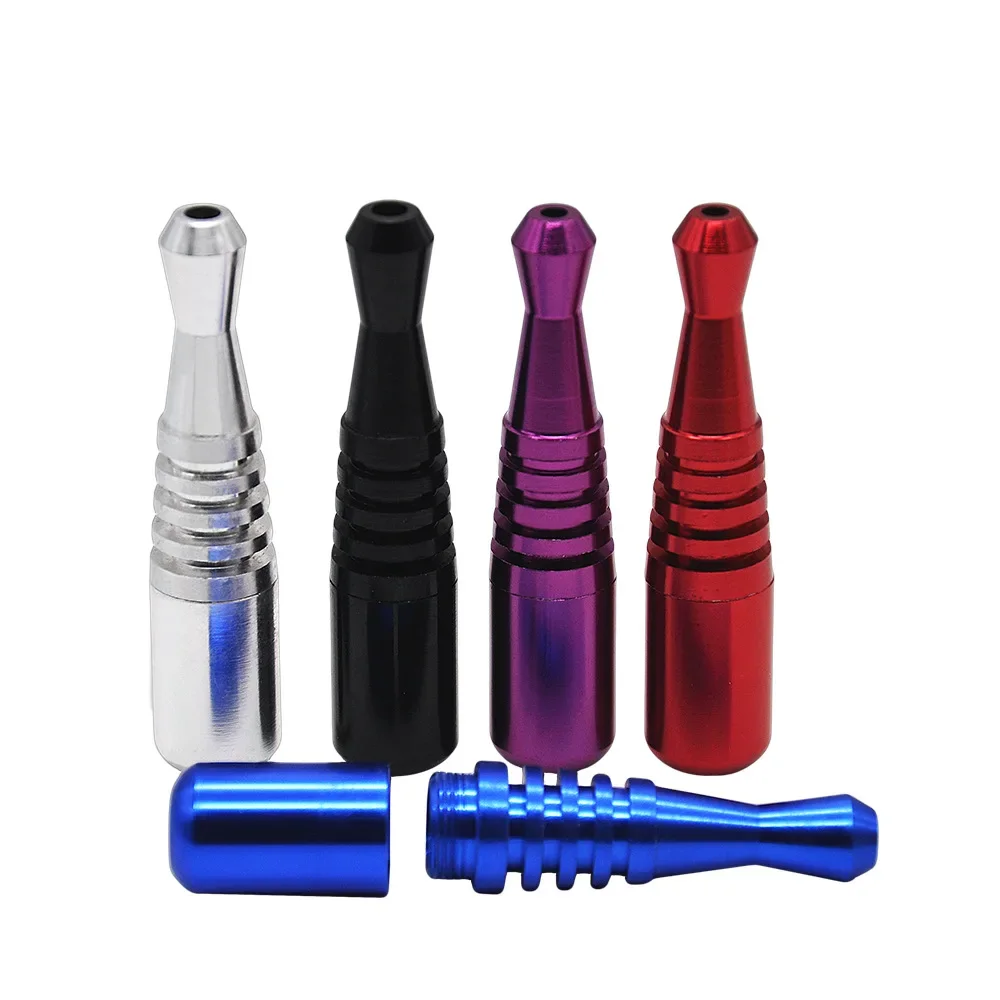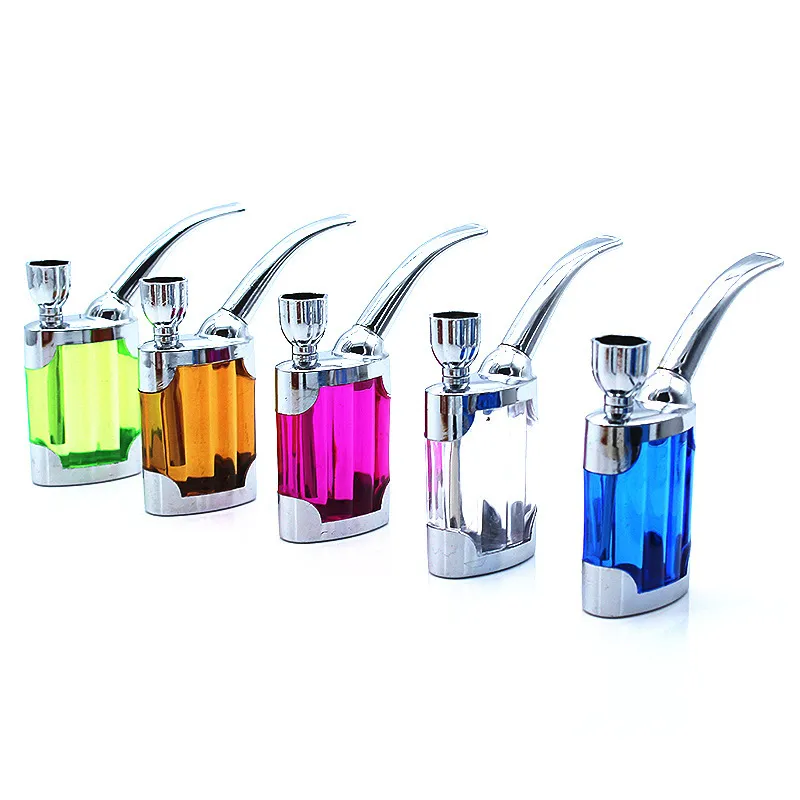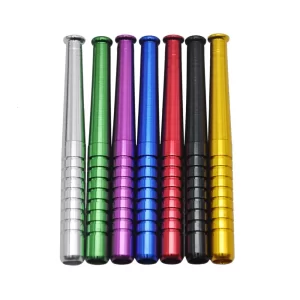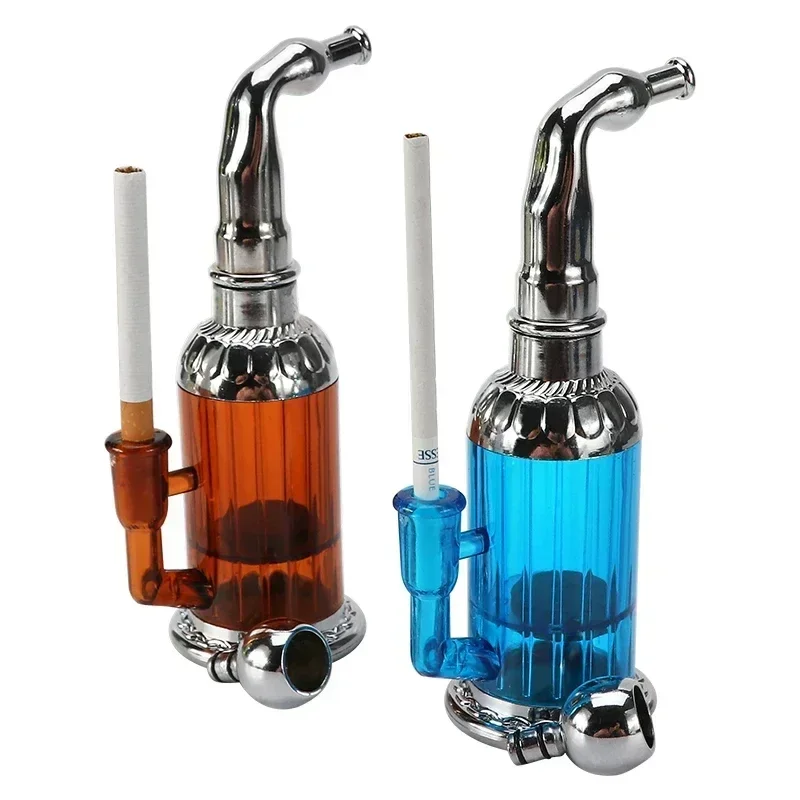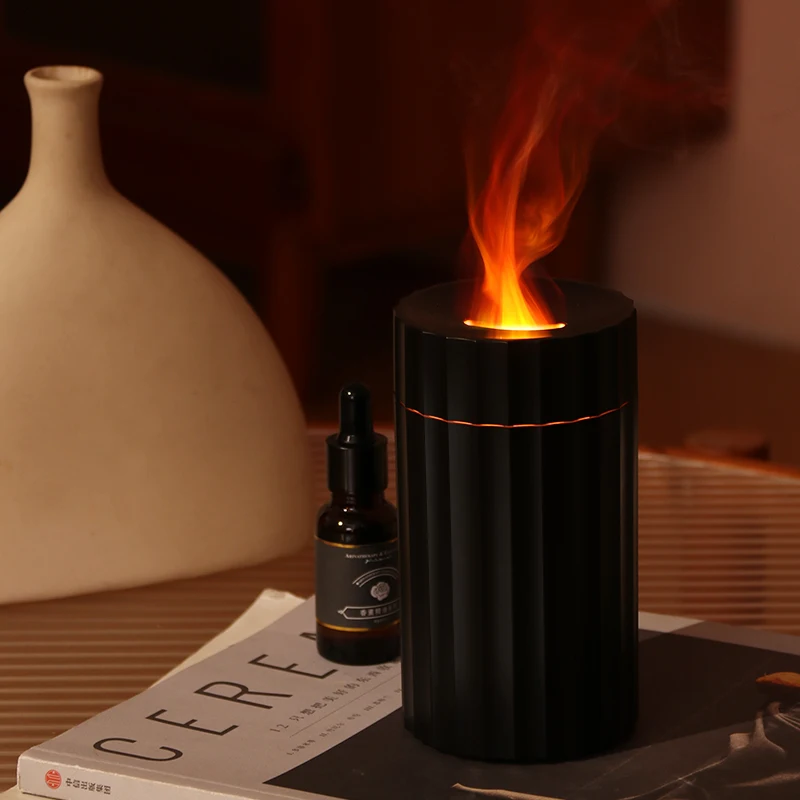Walk into any grow room, and it is easy to be drawn to the topic of lights, systems, nutrients, or genetics. But say the word microbiome, and suddenly the conversation shifts into big words and a bit of mystery.
Some growers swear by living soil, others prefer rock wool or coco. Yet if you’ve ever wondered why two plants of the same strain, grown side by side, can express radically different terpene profiles or resin density—the answer may be beneath your feet, in the living web of microorganisms that surround your roots.
Here at Mother Magnolia, we have been cultivating at scale on our farm in the Willamette Valley for a decade. From our humble beginnings, we have been loyal to the soil. Soil is our favorite way to unlock the genetic potential of our cultivars.
For decades, cannabis cultivation was treated as a chemistry set. Growers dialed in N-P-K ratios and hoped for the best. Today, we know better. Soil is not an inert medium but a bustling ecosystem. And like any ecosystem, it can be shaped. Just as a chef balances flavors in a dish, a grower can balance microbes in the soil.
This is the art of microbiome sculpting—intentionally cultivating the bacteria, fungi, and other organisms that unlock nutrients, strengthen plants, and ultimately elevate flower quality through terpene expression.

Why Microbes Matter to Cannabis
Every plant lives in partnership with microbes. The cannabis root zone—the rhizosphere—is a hotspot of biological trade. Roots exude sugars, amino acids, and organic compounds to feed the microbes, and in exchange, microbes deliver nutrients, hormones, and protection. This biological communication between plants and microbes is the heartbeat of our cultivation practice.
- Bacteria are the speedsters of nutrient cycling. They multiply quickly, breaking down organic matter and releasing nitrogen, phosphorus, and micronutrients in plant-available forms.
- Fungi, especially mycorrhizal fungi, act as long-distance partners. They extend the root system through fine hyphae, mining minerals like phosphorus and zinc. They also play a role in triggering plant defense compounds—many of which overlap with secondary metabolites like terpenes.
- Protozoa and nematodes feed on bacteria and fungi, releasing nutrients in plant-ready forms and keeping the food web in balance.
A plant grown in sterile soil may survive, but a plant grown in a vibrant microbiome thrives. Stronger stems, denser buds, richer aromas—these aren’t just genetics; they’re the result of an ecosystem firing on all cylinders.
The Fungal-to-Bacterial Spectrum
One of the simplest ways to think about soil balance is through the fungal-to-bacterial ratio (F:B ratio). All soils contain both, but the relative balance shapes plant growth.
- Bacterial-dominant soils (low F:B) this is the ratio we favor for the vegetative cycle. They cycle nutrients quickly, feeding leafy growth.
- Fungal-dominant soils (higher F:B) This is our formula for the flower phase—fungal dominance means better cycling of phosphorus which is notoriously challenging to make bio-available to plants. Companies have tried to introduce specialized bacteria that focus on P as the main macro they unlock. Truth is a fungal dominance in the soil can do the work.
Cannabis sits in an interesting middle ground. As an annual, it appreciates bacterial activity for rapid growth during the veg phase. But its resin production and terpene complexity often respond to stronger fungal partnerships.
Many regenerative cannabis growers report that boosting fungal dominance—through composts, mulches, and mycorrhizal inoculants—translates to richer aromas, stronger disease resistance, and more resilient plants.
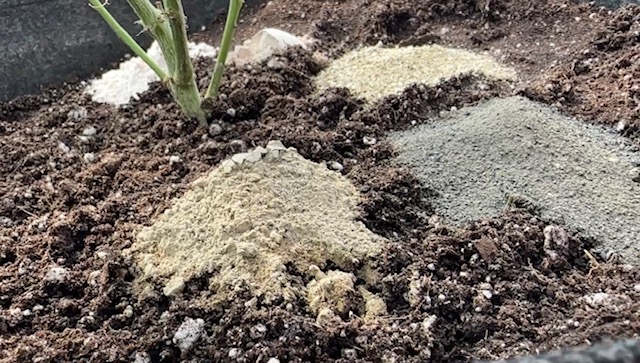
How to Sculpt Your Microbiome
Sculpting doesn’t mean controlling every microbe. It means nudging the soil in the direction you want, using levers that are available to any grower. Here are 5 things you can do to curate a microbiome that is teeming with life.
1. Organic Amendments
The foods you add to soil determine which organisms thrive. We add a combination of these to our soil pile on the farm when we amend our pile.
- Carbon-rich materials like peat, humus, leaf mold, or compost; these boost our fungi.
- Nitrogen-rich inputs like green manures, fish hydrolysate, or simple compost teas encourage bacteria.
- Rock dusts and biochar provide habitat and long-term mineral support for microbial life.
2. Cover Crops and Green Manures
Planting clovers, vetch, or rye between cannabis cycles keeps the soil alive. This is much easier if you use living beds and you don’t swap soil every cycle. Roots feed microbes continuously, preventing the population crashes that happen when soil sits bare. Legumes in particular fix nitrogen, which fuels bacterial communities.
3. Inoculants
Adding mycorrhizal fungi at transplant is now common practice at our farm, but we prefer to chase a broader microbial consortia—mixes of beneficial bacteria, Trichoderma fungi, and even phosphate-solubilizing microbes. Inoculants jumpstart the community, but they only persist if the soil environment supports them.
4. Compost Teas and Biological Brews
A simple compost tea—made by aerating compost and other organics in water with molasses or fish hydrolysate—can dramatically boost microbial populations. Different recipes favor different communities. A sugar-rich brew feeds bacteria; a humic-acid-rich brew leans fungal. Think of teas as microbial supplements, useful for steering soil balance at key times in the growth cycle.
We lean on Bokashi at the farm to do this work as well. We call them “Kashi bags” and we let them sit in a warm tote, and they get a beautiful bloom—the “gray beard” —after 24 hours. Once that fungal bloom has occurred, we brew them in our totes and deploy them into the room.
5. Timing and Sequencing
Microbiome sculpting is about rhythm. Early vegetative growth benefits from bacterial energy—fast nutrient cycling, quick root establishment. As the plant matures, nudging the soil toward fungal dominance boosts resin and terpene expression. Observing plant cues and adjusting inputs accordingly is part of the craft.
A Case Study: Tracking the Balance
Last season, we ran a simple trial with two flower rooms that had the same soil mix. One was managed with our standard biological inputs. The other room was run without it.
Both rooms yielded healthy plants, but the room that received regular doses of biological inputs—Kashi bags, Armory, Photosynthesis Plus, teas—produced flower with higher and richer terpene profiles, and the resin heads appeared denser under the microscope.
A simple Microbiometer test confirmed what we suspected: total biomass, as well as the fungal-to-bacterial ratio, was significantly higher in the room with a more balanced and higher range of biology in the soil.
This is not a controlled lab study, but it illustrates the principle: by nudging the microbiome, you can influence plant expression in ways that go beyond N-P-K.
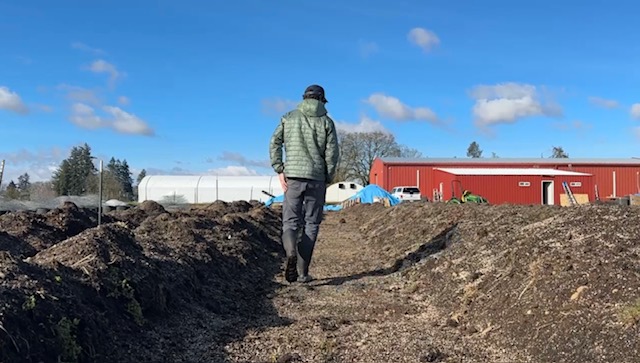
Monitoring and Avoiding Pitfalls
Microbiome sculpting isn’t guesswork. A range of tools now help growers monitor soil life:
- Microbiometer kits provide quick, affordable snapshots of microbial biomass and F:B ratio.
- Soil food web microscopy lets trained eyes count and classify organisms directly.
- Lab services (qPCR, PLFA tests) offer detailed breakdowns of microbial communities.
Equally important is avoiding practices that wipe out your progress:
- Overuse of synthetic salts or pesticides can crash microbial populations.
- Overwatering suffocates aerobic organisms and favors pathogens.
- Tilling or disturbing soil structure disrupts fungal networks.
Think of your soil as a coral reef: it thrives with stability, diversity, and gentle inputs, but collapses under heavy-handed disturbance.
The Future of Soil-Grown Cannabis
We are only beginning to understand how microbial communities influence plant chemistry. Early research suggests that certain microbes can upregulate terpene synthase genes, meaning microbes don’t just free nutrients—they may help determine what kind of flavors and aromas a plant produces.
Imagine a future where growers dial in terpene profiles not only through genetics and environment, but through microbial design—cultivating invisible terroir beneath their plants. This is the promise of microbiome sculpting, and cannabis growers are uniquely positioned to pioneer it.
For centuries, growers have focused on what they could see: leaves, flowers, trichomes. Now we are learning to cultivate what we can’t see. The invisible world of microbes is not a side note; it’s the foundation of plant expression.
By sculpting the microbiome—balancing bacteria and fungi, feeding the soil web with intention; you are not just growing cannabis. You are growing an ecosystem that, in turn, grows your plants.
In the end, the lesson is simple: if you want to elevate resin and terpene power, don’t just look up at the lights or across at the canopy. Look down, into the soil. That’s where the real magic begins.
All photos courtesy of Tom Scoble.
This article is from an external, unpaid contributor. It does not represent High Times’ reporting and has not been edited for content or accuracy.




